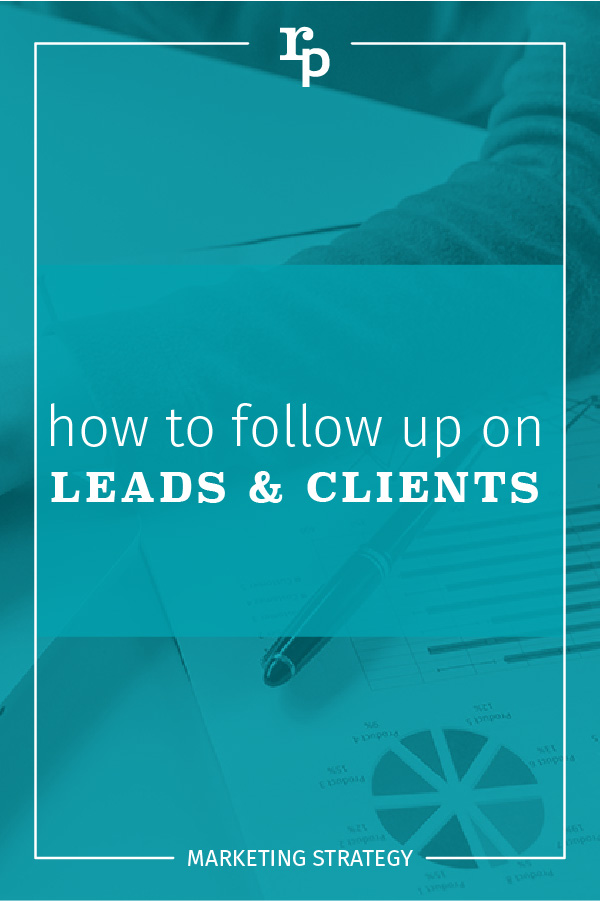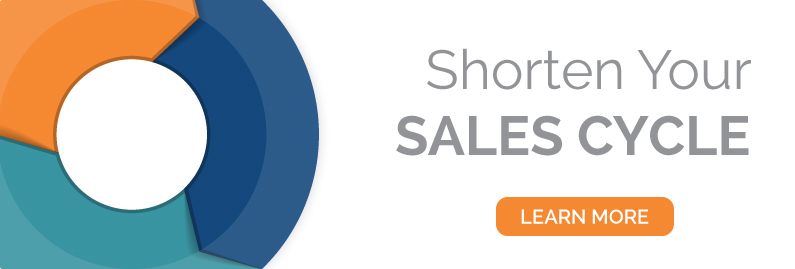How to Follow Up on Leads and Clients (Without Being Annoying)

The Marketing follow up is often awkward evil of small business marketing. Very few people really like receiving follow-up letters, phone calls, or emails and even fewer people enjoy making them. But, as awkward or painful as they may be, they are absolutely necessary.
Whether you are following up with current and/or former customers or exploring new leads, marketing follow-ups help shorten the sales cycle by driving action. There are a couple of different ways to go about making a follow-up, each with their own pros, cons, and approaches suited best for different target audiences, demographics, and even business types.
The biggest question is how to effectively execute your follow up without coming off as a total pest. There is definitely a fine line, but not an impossible mathematics equation. Let’s go through your options and how best to approach each one.
Method: Direct Mail
In this digital world, direct mail is an often overlooked method of communication. Unlike an email, once your letter is received just for a moment the recipient is physically connected with your business and is completely focused on you. Plus, the personal touch helps make you more memorable.
If you want some advice on how to put together a strong direct mail piece or campaign, take a page out of Lorraine’s book.
We’ve all experienced annoying and persistent sales calls before. There are some methods of communication where persistence can pay off, but direct mail is not one of them. Sure, it may be relatively cheap to continue to send mail to a lead, but eventually your letters – and your brand – will resonate only as spam and junk and go straight in the trash.
Direct mail typically isn’t your first method of contact and typically not the last. A letter falls somewhere after some serious conversations with leads in person or over the phone and is most effective when followed up with a personal visit or phone call a couple of days later to try and close a sale. In other words, direct mail is a one-hit-wonder.
For customers, a piece of mail following a service or sale is a nice way to add that personal touch and encourage repeat business.
Method: Phone Call
Cold calls with leads can be really tricky. Depending on your target audience, phone calls can vary in effectiveness.
I don’t think I am stepping out on a limb by saying that people younger than 35 HATE talking on the phone. If you don’t believe me, here’s some data to back up my outlandish claims. If your target audience falls in this age group, you are wasting your time picking up a phone. You have a better shot if they are older.
Phone calls are also a good method to a marketing follow up with leads and customers because for a short window of time you have the recipient’s undivided attention to make your pitch.
However, much like direct mail, persistent phone calls can quickly cross the line to viciously annoying. I would save phone calls for proven leads or someone you have had interaction with previously. For example, someone who attended your seminar/webinar or downloaded something from your website will be more receptive to your call than a total stranger.
Phone calls to customers a few days to a week following a sale is a good way to follow up on their satisfaction and evaluate their needs for possible repeat business.
Method: Automated Email
Automated email campaigns are by far the easiest, and often most effective, method of marketing follow up tactics.
Automated emails are the least invasive of these three options, offering a way to present tangible information and resources and even to unsubscribe. Sometimes called drip campaigns, automated emails let you set up a series of pre-scheduled emails, allowing you to focus your efforts on stronger leads.
Because emails are easy to ignore and even unsubscribe from, be thoughtful about your approach. For a fresh lead, maybe someone who went to a seminar downloaded something or someone you had a quick chat with, a couple of emails over the course of 30 days is a good approach. You can use the opportunity to present additional resources and links to try and potentially close the sale, offering something different every time.
Email services like Constant Contact allow you to see exactly who opened an email and clicked on links. After a campaign has ended, look over the data. Did someone open every email and click on a handful of links? They are still interested! Now is the time to move on to a phone call or letter. If someone didn’t open a single email they are not a quality lead and can be left alone, sparing yourself a painful and annoying phone conversation.
Automated emails can also be effective for reaching out to customers. Take a look at some examples of how to use them effectively.
Don’t Use Just One
It is important to realize that an effective follow-up campaign will use some variation of all of these methods. Relying strictly on only one of these methods will not be nearly as effective.
At the end of the day, the best thing to think about when planning your marketing follow up campaign is this: would I be annoyed by this? Just consider this sentiment and use common sense! Follow these guidelines and your campaign will be sure to go off without any awkward hitches.
want to find more of your favorite clients?
You had an amazing client experience now you want to find more like-minded individuals that make your life much easier.

Beginner’s Guide to Dimensions and Metrics in Google Analytics
Beginner's Guide to Dimensions and Metrics in Google Analytics by Isaac Wielhouwer | Jul 17, 2024...
Chatbot Basics 101
Favorite Social Media
What is your favorite social media platform? Remember the days when there was just Myspace? Oh,...
Call to Action Do’s and Don’ts
There is such a thing as a bad call to action The goal of any page on a website, whether it's the...

